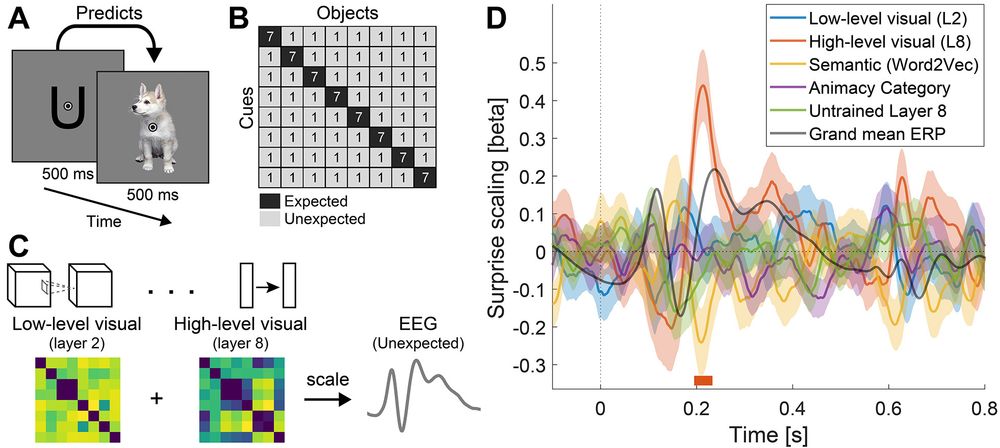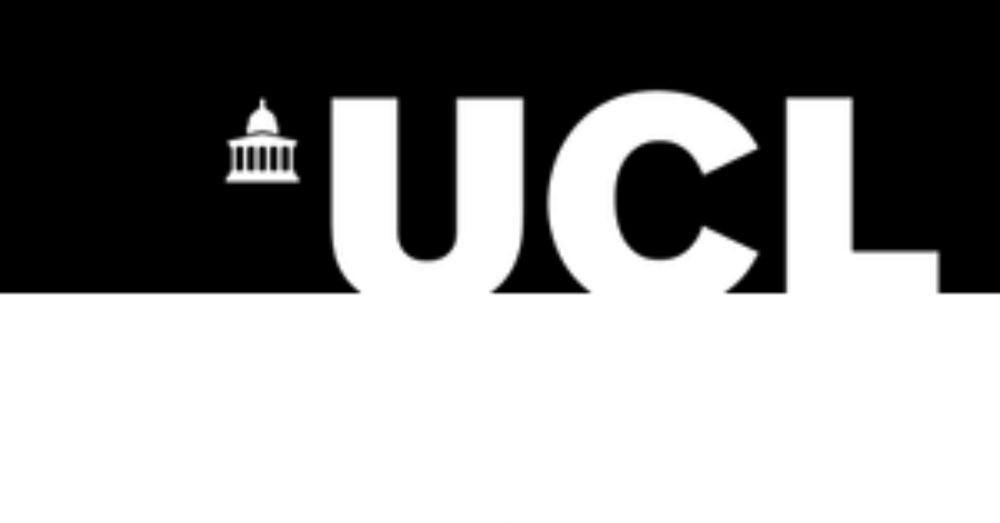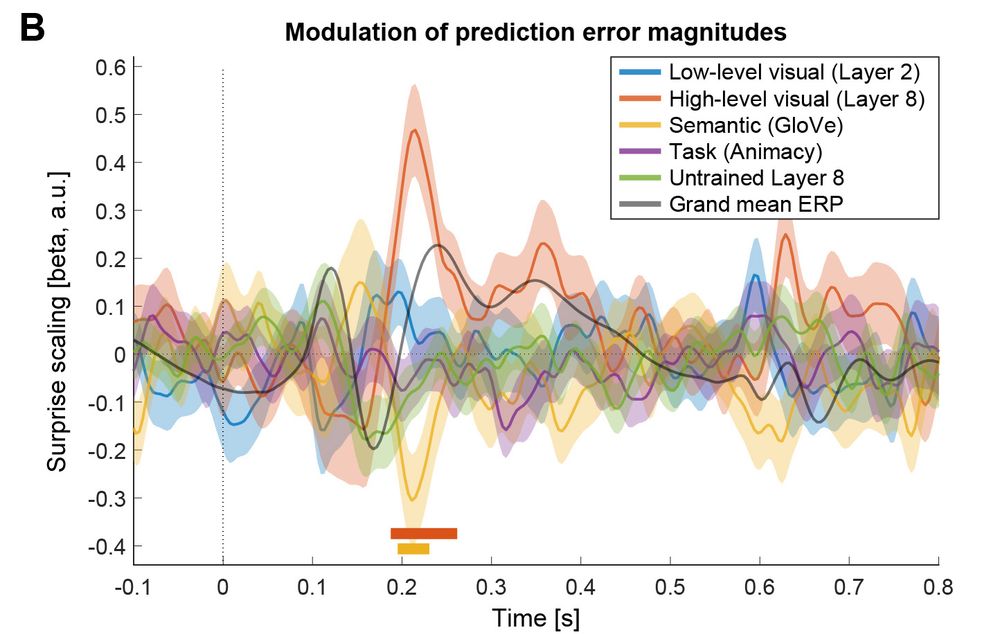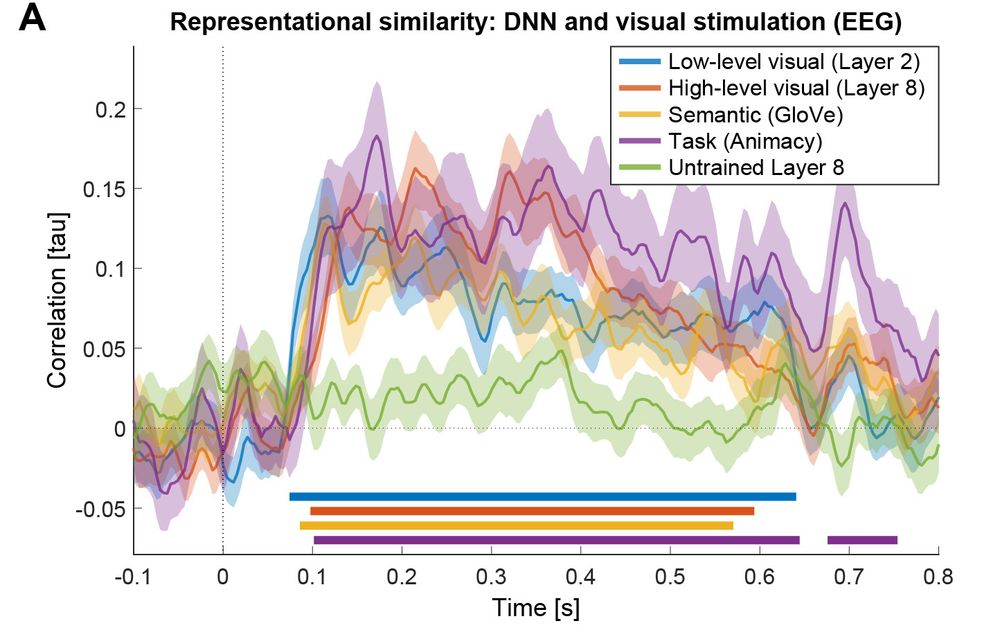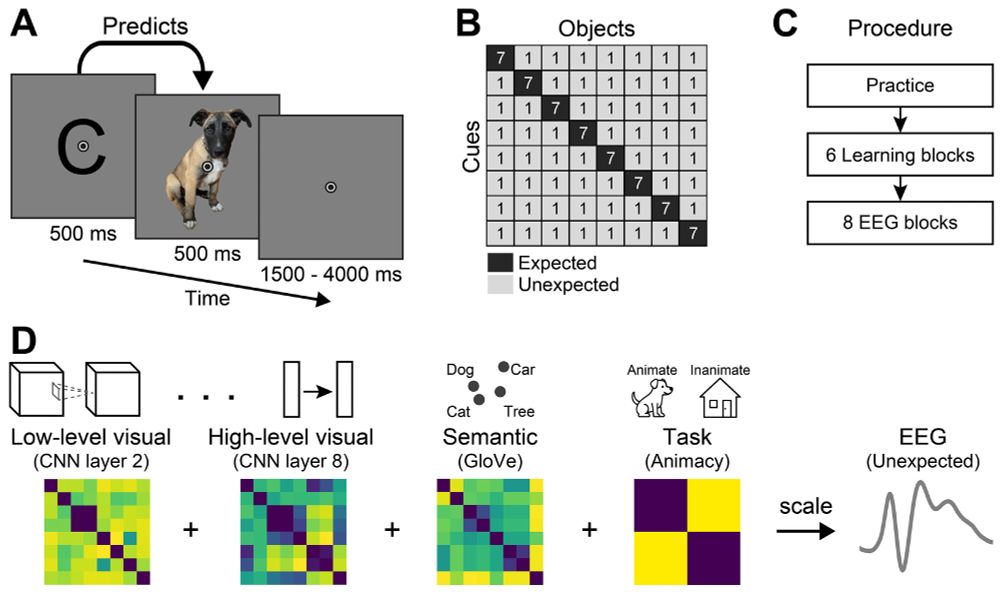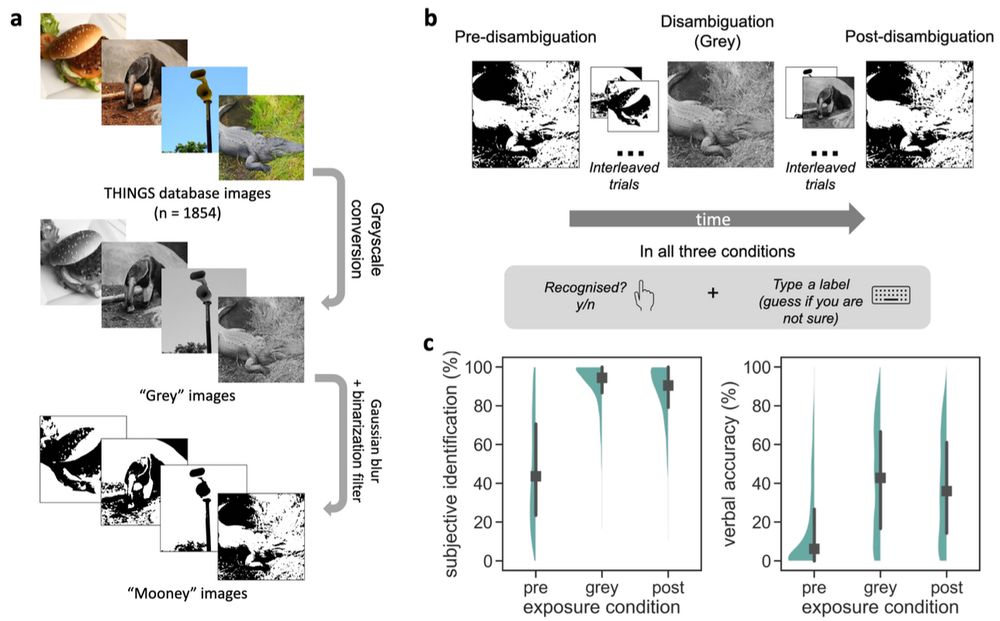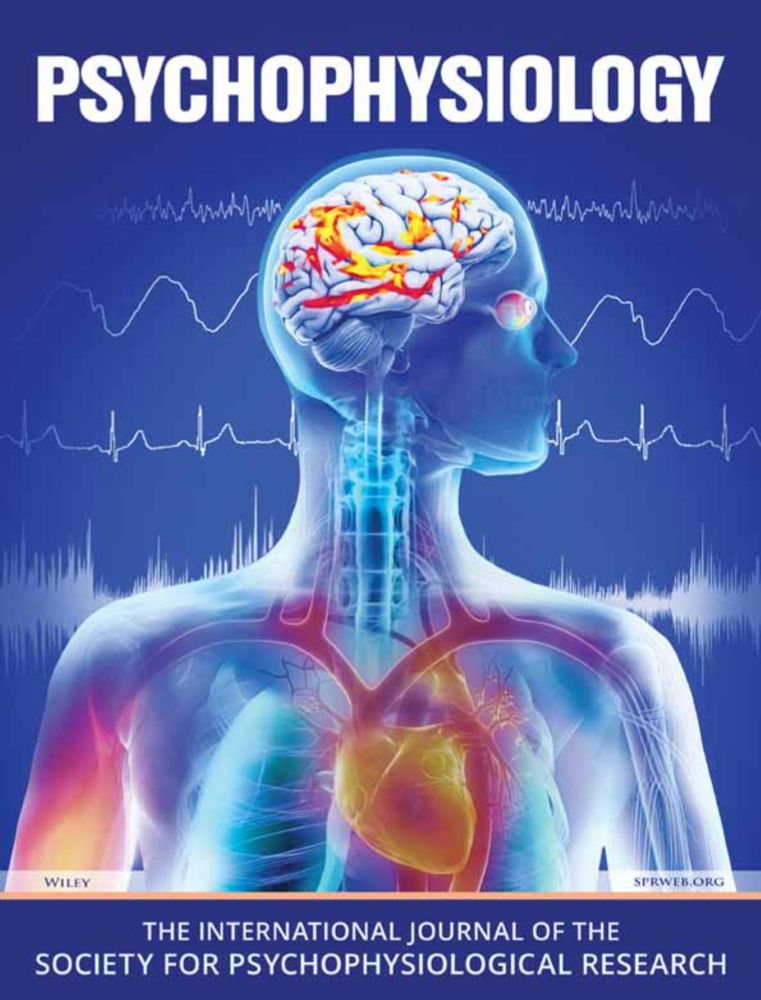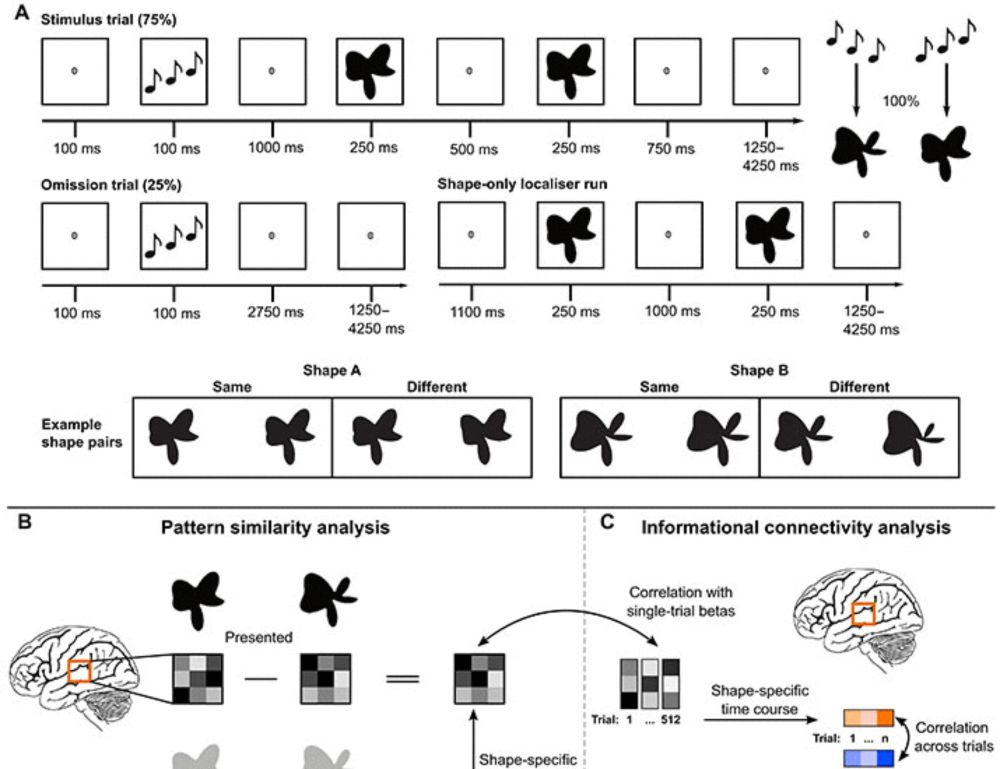David Richter
@davidrichter.bsky.social
240 followers
220 following
31 posts
Cognitive Neuroscientist | Predictive Processing & Perception Researcher.
At: CIMCYC, Granada. Formerly: VU Amsterdam & Donders Institute.
https://www.richter-neuroscience.com/
Posts
Media
Videos
Starter Packs
Pinned
David Richter
@davidrichter.bsky.social
· Nov 13

High-level visual prediction errors in early visual cortex
Surprising sensory input triggers stronger neural activity than expected input, but at which level of the cortical hierarchy are these predictions made? This study shows that prediction errors are com...
doi.org
Reposted by David Richter
Reposted by David Richter
Reposted by David Richter
Liad Mudrik
@liadmudrik.bsky.social
· Jul 21
Reposted by David Richter
Reposted by David Richter
David Richter
@davidrichter.bsky.social
· Jun 26
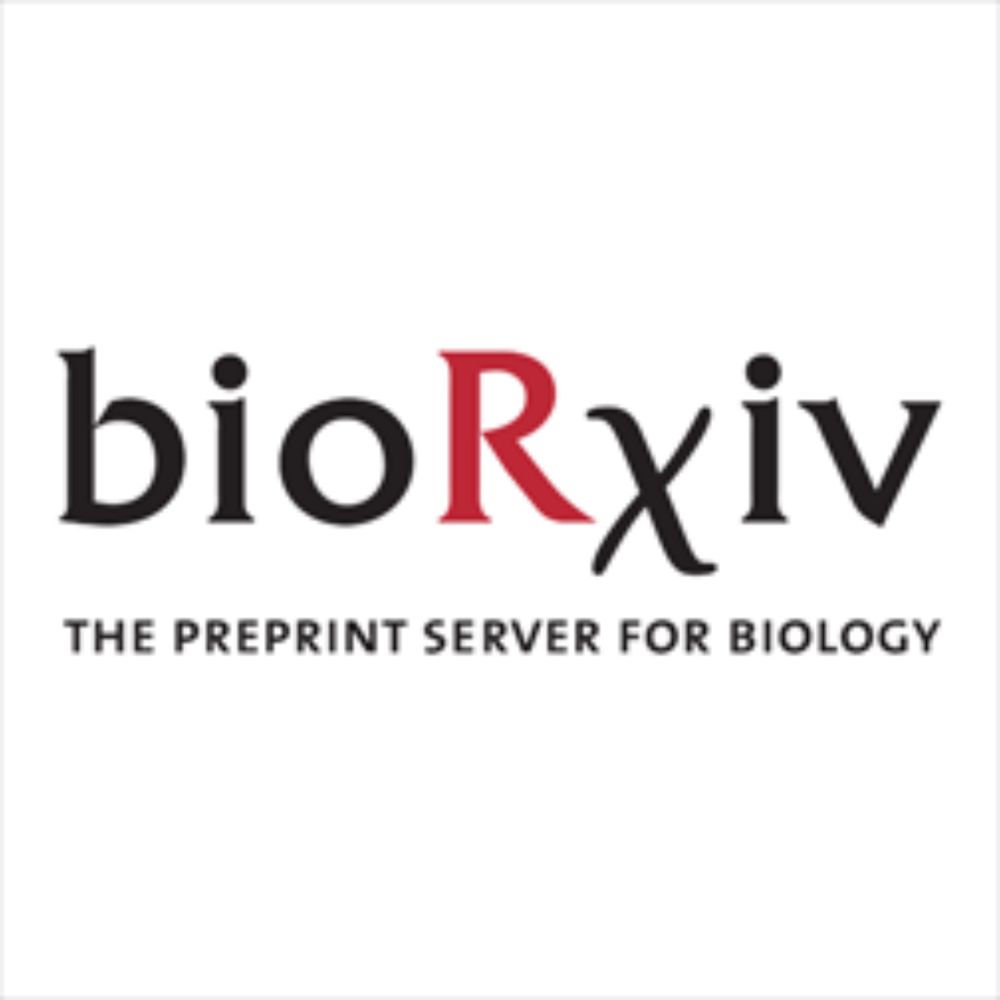
Rapid Computation of High-Level Visual Surprise
Predictive processing theories propose that the brain continuously generates expectations about incoming sensory information. Discrepancies between these predictions and actual inputs, sensory predict...
www.biorxiv.org
David Richter
@davidrichter.bsky.social
· Jun 26
David Richter
@davidrichter.bsky.social
· Jun 26
David Richter
@davidrichter.bsky.social
· Jun 26
David Richter
@davidrichter.bsky.social
· Jun 26
Reposted by David Richter
Reposted by David Richter
Peter Kok
@peterkok.bsky.social
· Jun 10

Shared and diverging neural dynamics underlying false and veridical perception
We often mistake visual noise for meaningful images, which sometimes appear as convincing as veridical percepts. This suggests considerable overlap between the mechanisms that underlie false and verid...
www.jneurosci.org
Reposted by David Richter
Reposted by David Richter
Reposted by David Richter
Reposted by David Richter
micha heilbron
@mheilbron.bsky.social
· May 23

Higher-level spatial prediction in natural vision across mouse visual cortex
Theories of predictive processing propose that sensory systems constantly predict incoming signals, based on spatial and temporal context. However, evidence for prediction in sensory cortex largely co...
www.biorxiv.org
Reposted by David Richter

